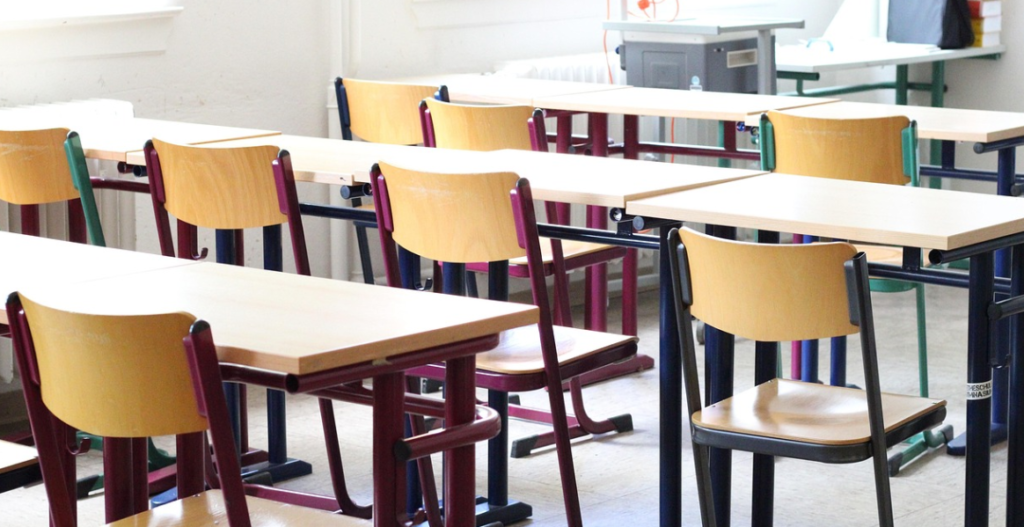Introduction
Education is a fundamental right, yet millions of refugee children worldwide face significant barriers to accessing it. Displacement due to war, persecution, and natural disasters disrupts schooling, leaving children vulnerable to lost opportunities and uncertain futures. Providing education for refugee children is not just about knowledge acquisition—it is about restoring hope, stability, and the foundation for a better life.
Challenges Faced by Refugee Children in Education
1. Lack of Access to Schools
- Many refugee camps and host countries struggle with overcrowded or underfunded schools.
- Legal and bureaucratic hurdles often prevent refugee children from enrolling in national education systems.
2. Language Barriers
- Refugee children frequently arrive in host countries without proficiency in the local language.
- Language difficulties can lead to isolation, slower learning progress, and lower academic achievement.
3. Trauma and Psychological Stress
- Many refugee children have experienced war, violence, and displacement, affecting their ability to focus and learn.
- Schools need specialized support, such as trauma-informed teaching and mental health services.
4. Economic Hardship
- Many refugee families rely on children to contribute financially, leading to child labor instead of school attendance.
- The cost of school supplies, uniforms, and transportation can be prohibitive.
5. Discrimination and Social Exclusion
- Refugee children often face bullying, xenophobia, and social exclusion in host communities.
- Cultural differences can create additional challenges in adapting to a new education system.
Solutions and Strategies for Inclusive Education
1. Flexible and Alternative Learning Programs
- Non-traditional education models, such as online courses, evening classes, and mobile schools, help bridge the gap for displaced children.
- Accelerated learning programs assist older children in catching up on lost years of education.
2. Language and Integration Support
- Schools can offer language immersion programs and peer mentoring to help refugee students integrate more smoothly.
- Multilingual education and translators can aid communication between students, teachers, and parents.
3. Trauma-Informed Education
- Training teachers to recognize and support trauma-related behaviors can create a more understanding and supportive classroom environment.
- Counseling services and social-emotional learning initiatives help children cope with past experiences.
4. Partnerships Between Governments, NGOs, and Local Communities
- Collaboration between international organizations, host governments, and local communities can increase funding and infrastructure support.
- Community engagement helps foster inclusivity and reduces discrimination.
5. Digital Learning and Technology Access
- Online learning platforms and digital classrooms can provide education even in refugee camps with limited physical infrastructure.
- Donations of tablets, laptops, and internet access expand opportunities for remote learning.
The Long-Term Impact of Educating Refugee Children
1. Breaking the Cycle of Poverty
- Education empowers refugee children to build better futures, leading to higher employment prospects and economic stability.
- Educated individuals contribute to their host communities and, when possible, to rebuilding their home countries.
2. Social Cohesion and Integration
- Access to education fosters cultural understanding and reduces tensions between refugees and host populations.
- Schools become a space where friendships form and prejudices are challenged.
3. Empowering Future Generations
- Educated refugees can become leaders, educators, and advocates for displaced populations.
- Investing in refugee education creates a ripple effect, positively impacting entire communities.
Conclusion
Providing education for refugee children is not just a humanitarian responsibility—it is an investment in global stability and progress. By addressing barriers and implementing inclusive strategies, we can help displaced children reclaim their right to learn, grow, and build a future from scratch. Ensuring that no child is left behind, regardless of their circumstances, is essential for creating a more just and compassionate world.


